Home>Articles>How Many Lumens Is A 75 Watt Incandescent Bulb
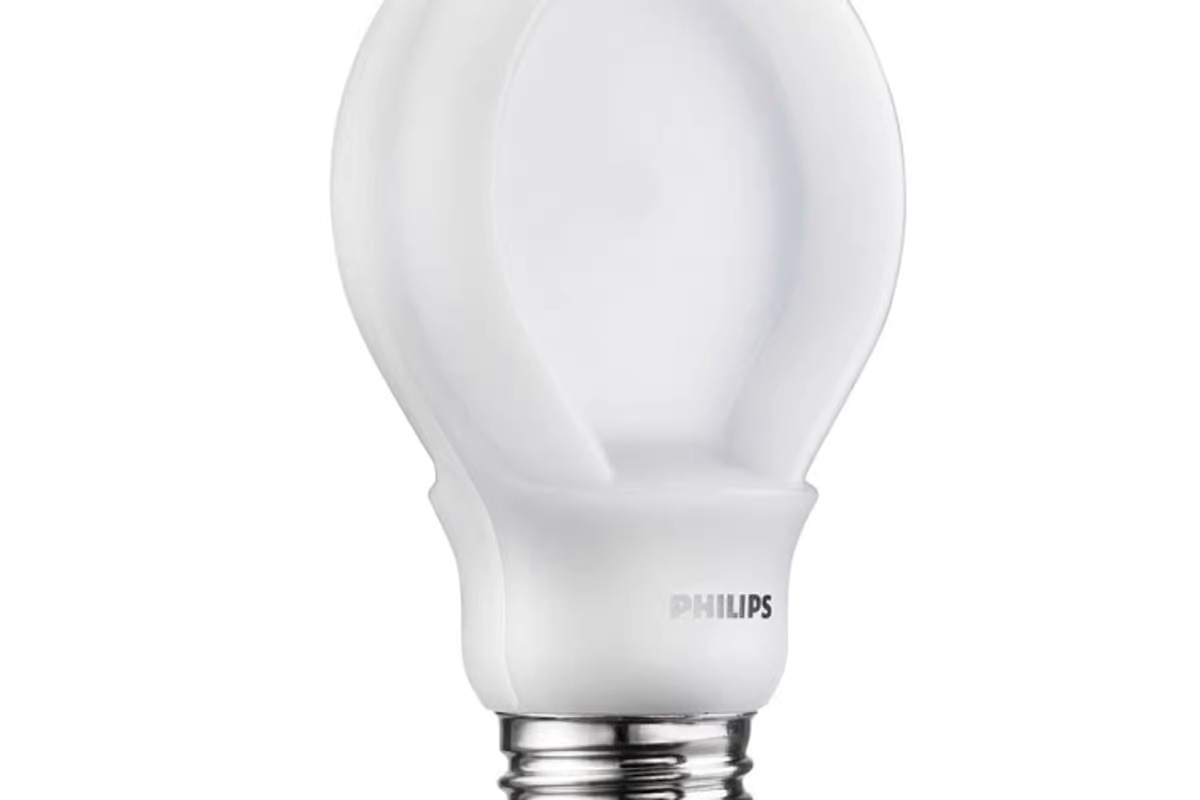

Articles
How Many Lumens Is A 75 Watt Incandescent Bulb
Modified: September 2, 2024
Discover the conversion of lumens to watt for a 75-watt incandescent bulb in this comprehensive article. Learn how to choose the right brightness with our informative guide.
(Many of the links in this article redirect to a specific reviewed product. Your purchase of these products through affiliate links helps to generate commission for Storables.com, at no extra cost. Learn more)
Introduction
Welcome to this comprehensive article on the topic of ‘How Many Lumens Is A 75 Watt Incandescent Bulb’. If you’ve ever found yourself wondering about the brightness of traditional incandescent bulbs, or if you’re considering making the switch to more energy-efficient lighting options, then this article is for you. Lumens and watts are terms that are often used when referring to light bulbs, but what do they really mean? In this article, we will explore the difference between lumens and watts and delve into the specific lumen output of a 75 watt incandescent bulb. Additionally, we will compare the lumens of incandescent bulbs with other light sources like LED bulbs, and highlight the benefits of switching to low-wattage LED bulbs. By the end, you will have a better understanding of the lumens emitted by a 75 watt incandescent bulb and the advantages of choosing more energy-efficient lighting options. So let’s dive in and shed some light on this topic!
Key Takeaways:
- When it comes to brightness, lumens are the key metric to consider, not watts. A 75 watt incandescent bulb typically produces 1100-1300 lumens, but low-wattage LED bulbs offer similar brightness with significant energy savings.
- Switching to low-wattage LED bulbs brings benefits like energy efficiency, long lifespan, environmental friendliness, versatility, dimmable options, instant lighting, and improved safety. LED bulbs are the modern, sustainable choice for lighting solutions.
Read more: How Many Lumens Is A 75-Watt LED Bulb
Lumens vs Watts: Understanding the Difference
Before we delve into the specific lumen output of a 75 watt incandescent bulb, let’s first understand the difference between lumens and watts. Lumens and watts are both units of measurement that are used to quantify different aspects of light bulbs.
Watts (W) are a measure of electrical power consumption. In the context of light bulbs, watts represent the amount of electricity that a bulb uses. In the past, watts were also used as a way to determine the brightness of incandescent bulbs. However, with the introduction of more energy-efficient lighting options like LED bulbs, watts are no longer a reliable indicator of brightness.
Lumens (lm), on the other hand, measure the amount of visible light that a bulb emits. In simple terms, lumens represent the brightness of a bulb. The higher the number of lumens, the brighter the light emitted by the bulb.
While watts and lumens are related, they serve different purposes when it comes to selecting the right bulb for your needs. It’s important to note that a bulb with a higher wattage does not necessarily mean it will be brighter in terms of lumens. This is especially true when comparing different types of bulbs.
For example, let’s consider a 75 watt incandescent bulb and a 10 watt LED bulb. The 75 watt incandescent bulb may produce around 1100 lumens, while the 10 watt LED bulb can produce the same amount of lumens or even higher. This stark difference highlights the importance of considering lumens rather than watts when choosing a bulb that meets your brightness requirements.
By understanding the difference between lumens and watts, you can make more informed decisions when selecting the right light bulb for your space. Now that we have a grasp on this concept, let’s explore the specific lumen output of a 75 watt incandescent bulb.
Lumens Output of a 75 Watt Incandescent Bulb
When it comes to the lumen output of a 75 watt incandescent bulb, it is important to note that there is no fixed or standard measurement. The lumen output can vary depending on the specific make and model of the bulb.
On average, a 75 watt incandescent bulb typically produces around 1100-1300 lumens of light. However, it’s essential to keep in mind that this output may vary slightly from bulb to bulb. The lumen output is influenced by factors such as the quality of the filament, the design of the bulb, and the age of the bulb.
Incandescent bulbs work by passing an electric current through a thin filament, which then heats up and emits light. The power consumed by the bulb, in this case 75 watts, is mainly converted into heat, with a smaller portion being transformed into visible light. This is why incandescent bulbs are known for being less energy-efficient compared to newer lighting technologies.
While 1100-1300 lumens might seem like a decent amount of brightness, it’s worth noting that this lumen output is considered less efficient and dimmer compared to more modern lighting options, such as LED bulbs.
It’s also important to consider the lifespan of a 75 watt incandescent bulb. Incandescent bulbs typically have a shorter lifespan compared to LED bulbs. On average, an incandescent bulb lasts around 1000-2000 hours, whereas an LED bulb can last up to 25,000 hours or more.
Now that we have a better understanding of the typical lumen output and lifespan of a 75 watt incandescent bulb, let’s compare it to other light sources and discuss the benefits of transitioning to low-wattage LED bulbs.
When comparing lumens to watts for incandescent bulbs, a 75 watt bulb typically produces around 1100-1200 lumens. This can vary slightly depending on the specific bulb and manufacturer.
Comparing Lumens of Incandescent Bulbs with other Light Sources
When it comes to comparing the lumens of incandescent bulbs with other light sources, it becomes evident that incandescent bulbs are not the most efficient option in terms of brightness. Let’s take a look at how incandescent bulbs stack up against other popular lighting alternatives.
Incandescent bulbs, as mentioned earlier, typically produce around 1100-1300 lumens. However, when compared to more energy-efficient options like LED bulbs, the lumen output of incandescent bulbs pales in comparison. For instance, a 75 watt incandescent bulb might produce around 1100 lumens, but a 10 watt LED bulb can produce the same amount or even more lumens.
LED bulbs are known for their high efficiency and ability to produce a significant amount of lumens while consuming less energy. A typical 10 watt LED bulb can produce anywhere between 800-1000 lumens, depending on the brand and model. This means that LED bulbs can provide the same level of brightness as incandescent bulbs, but with significantly lower wattage.
In addition to LED bulbs, there are also other energy-efficient lighting options available, such as CFL (compact fluorescent lamp) bulbs. CFL bulbs are more efficient than incandescent bulbs and can produce a similar amount of lumens while consuming less energy. A 15 watt CFL bulb, for example, can produce around 800 lumens, making it a viable alternative to a 75 watt incandescent bulb.
It’s clear that when it comes to lumen output, incandescent bulbs are not the most efficient choice. LED bulbs and CFL bulbs provide similar or even higher levels of brightness with significantly lower wattages, resulting in energy savings and reduced electricity bills. Furthermore, LED bulbs and CFL bulbs have longer lifespans, which means less frequent bulb replacements.
Now that we’ve compared the lumens of incandescent bulbs with other light sources, let’s explore the benefits of switching to low-wattage LED bulbs in more detail.
Benefits of Switching to Low-Wattage LED Bulbs
Switching from traditional incandescent bulbs to low-wattage LED bulbs offers numerous benefits that go beyond just the lumen output. Let’s explore some of the advantages of making the transition to LED lighting.
1. Energy Efficiency: LED bulbs are highly energy-efficient, converting a majority of the electricity they consume into light rather than heat. This translates into significant energy savings and lower electricity bills. LED bulbs can use up to 80% less energy than traditional incandescent bulbs while producing the same or even higher levels of brightness.
2. Long Lifespan: LED bulbs have an exceptionally long lifespan compared to incandescent bulbs. On average, LED bulbs can last up to 25,000 hours or more, which is significantly longer than the lifespan of incandescent bulbs. This means less frequent bulb replacements, saving you both time and money in the long run.
3. Environmental Impact: LED bulbs are more environmentally friendly compared to incandescent bulbs. LED bulbs do not contain toxic substances like mercury, which are found in CFL bulbs. Additionally, their energy efficiency means less electricity consumption, resulting in reduced greenhouse gas emissions and a smaller carbon footprint.
4. Versatility: LED bulbs are available in a variety of shapes, sizes, and color temperatures, allowing you to find the perfect lighting solution for any space. Whether you need bright, white light for task-oriented areas or warm, cozy light for relaxation, LED bulbs offer a wide range of options to suit your preferences.
5. Dimmable Options: Many LED bulbs are dimmable, offering customizable lighting options to create the ideal ambiance in different settings. This control over lighting levels can enhance your comfort and create a more pleasant atmosphere in your home or workspace.
6. Instant On: Unlike CFL bulbs, which can take time to reach full brightness, LED bulbs light up instantly. This makes them particularly suitable for areas where immediate illumination is essential, such as stairways, bathrooms, or outdoor lighting.
7. Heat Dissipation: LED bulbs produce very little heat compared to incandescent bulbs. This not only reduces the risk of fire hazards, especially when used in fixtures with limited ventilation, but also makes LED bulbs a safer choice around children and pets.
In summary, making the switch to low-wattage LED bulbs offers a multitude of benefits, including energy efficiency, long lifespan, environmental friendliness, versatility, dimmable options, instant lighting, and improved safety. With these advantages in mind, it becomes clear why LED bulbs have become the preferred choice for lighting solutions in residential, commercial, and industrial settings.
Conclusion
Understanding the lumen output of a 75 watt incandescent bulb and comparing it to other lighting options can help you make informed decisions when it comes to illuminating your space. While a 75 watt incandescent bulb typically produces around 1100-1300 lumens, it is important to note that incandescent bulbs are not the most efficient choice in terms of brightness and energy consumption.
LED bulbs, on the other hand, offer a more energy-efficient and environmentally friendly lighting solution. With the ability to produce the same or even higher levels of brightness while using significantly lower wattages, LED bulbs provide substantial energy savings and long-lasting performance. Their versatility, dimmable options, and instant illumination make them suitable for various applications and preferences.
By switching to low-wattage LED bulbs, you can enjoy the benefits of energy efficiency, reduced electricity bills, longer lifespan, environmental sustainability, enhanced versatility, and improved safety. LED bulbs have revolutionized the lighting industry and have become the go-to choice for those seeking exceptional lighting quality while being conscious of energy consumption and environmental impact.
In conclusion, understanding lumens and watts is essential in selecting the right light bulb for your needs. By considering the lumen output, lifespan, and energy efficiency of different light sources like LED bulbs, you can make sustainable choices that benefit both your wallet and the planet. So, the next time you’re in the market for new bulbs, consider making the switch to low-wattage LED bulbs and enjoy the advantages of modern lighting technology. Illuminate your space efficiently, effectively, and with a positive impact.
Frequently Asked Questions about How Many Lumens Is A 75 Watt Incandescent Bulb
Was this page helpful?
At Storables.com, we guarantee accurate and reliable information. Our content, validated by Expert Board Contributors, is crafted following stringent Editorial Policies. We're committed to providing you with well-researched, expert-backed insights for all your informational needs.
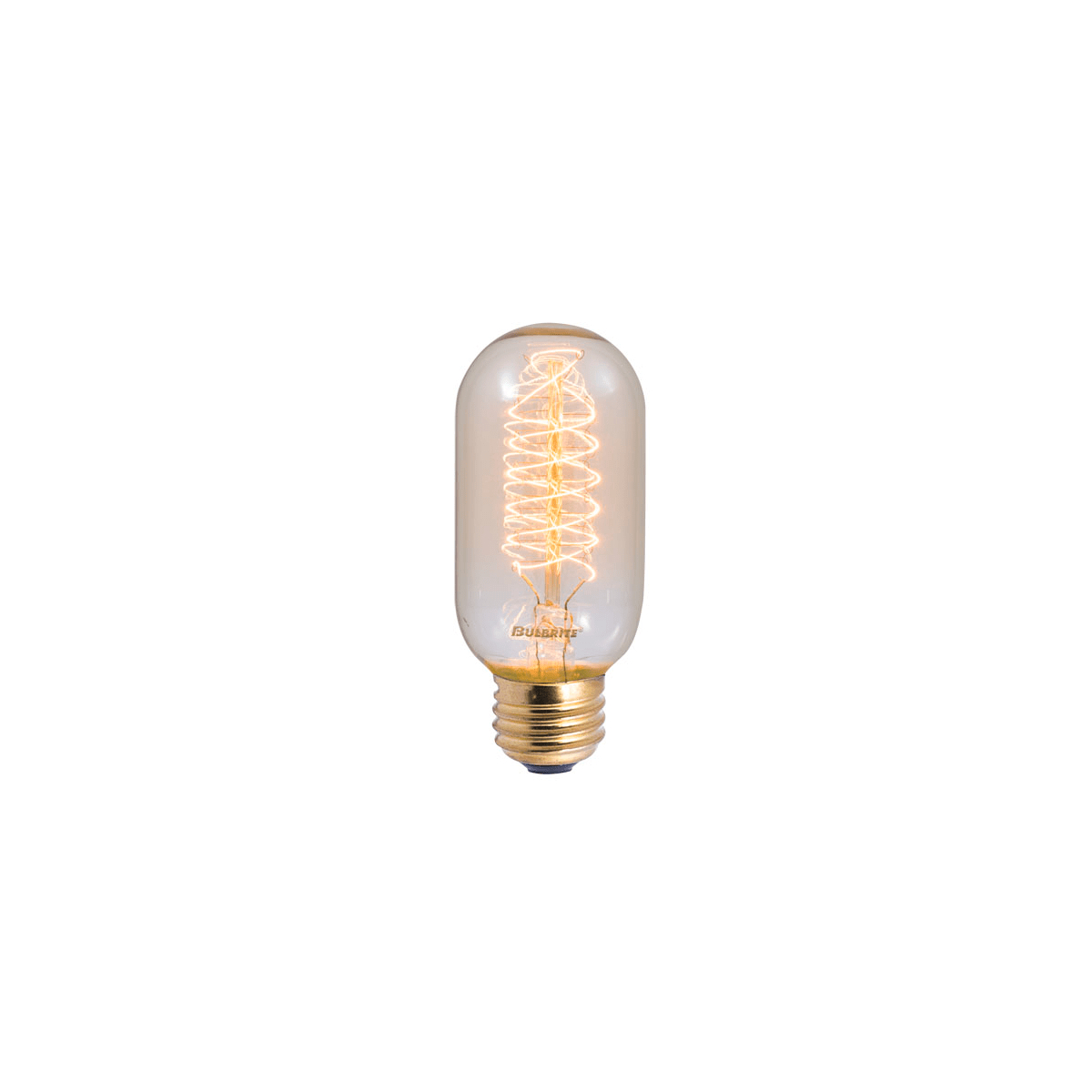
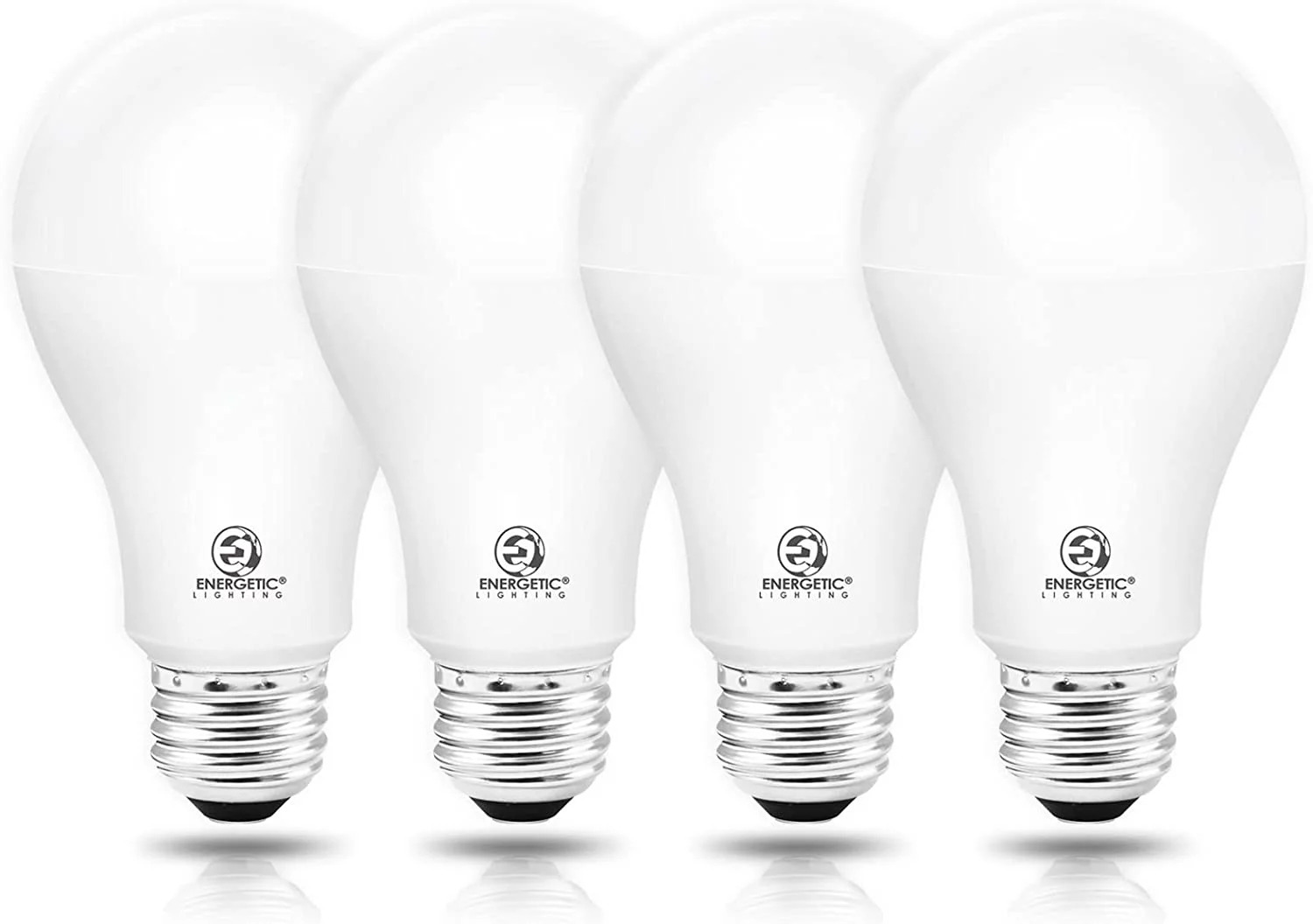

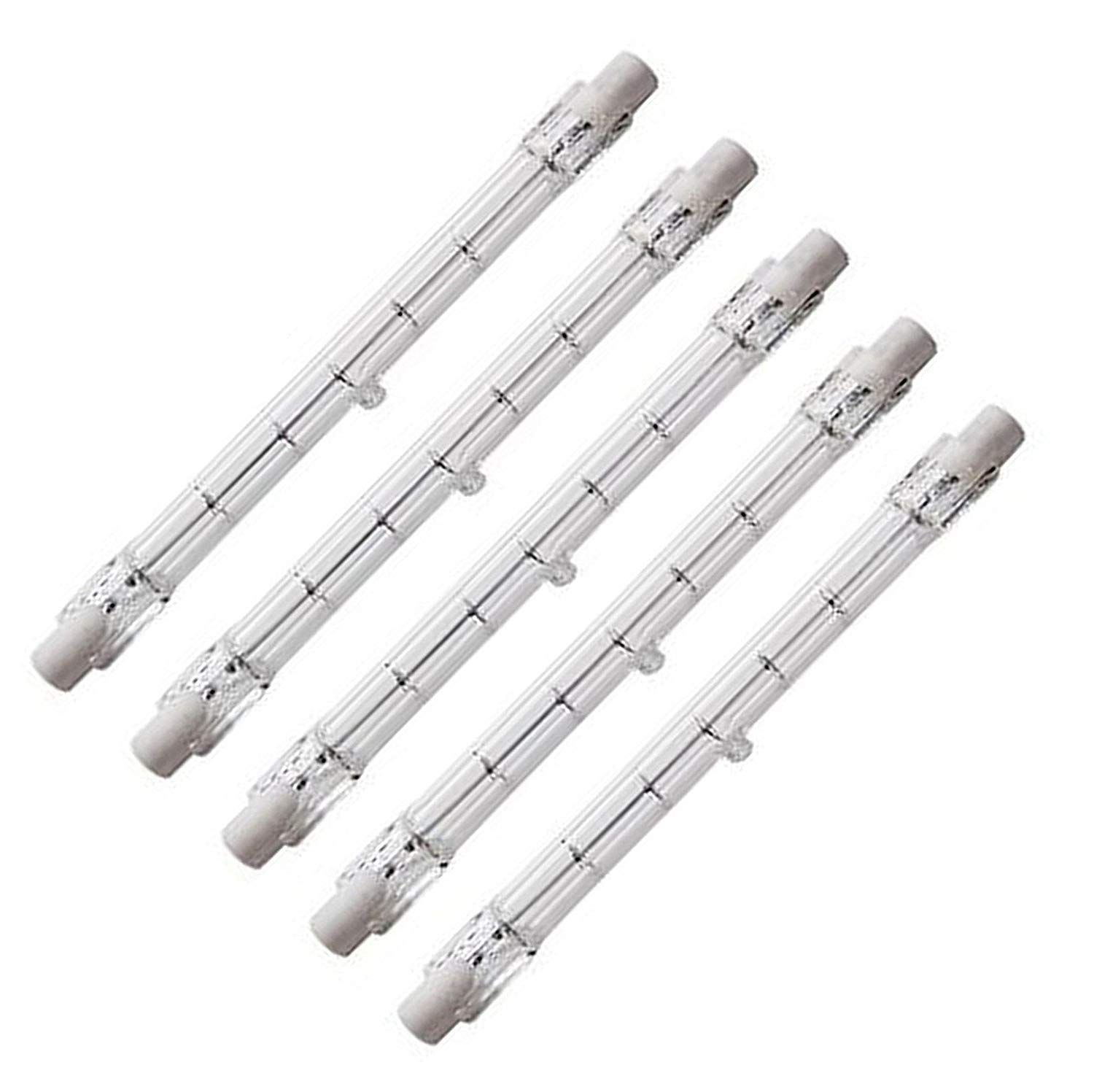
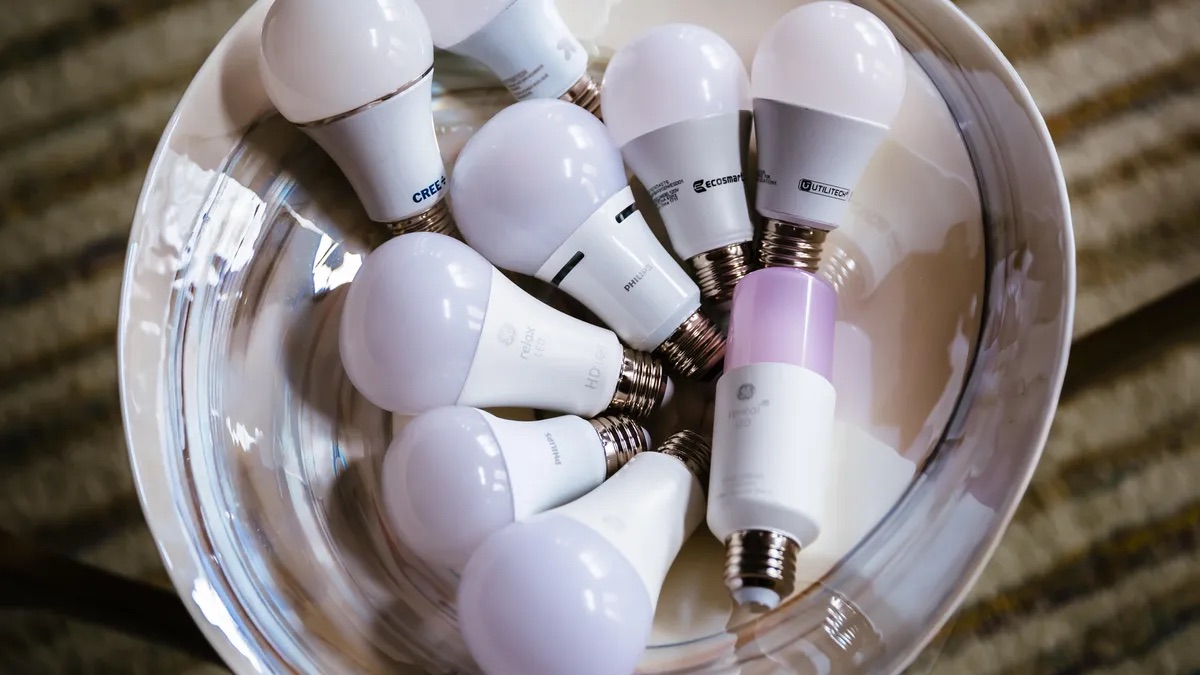
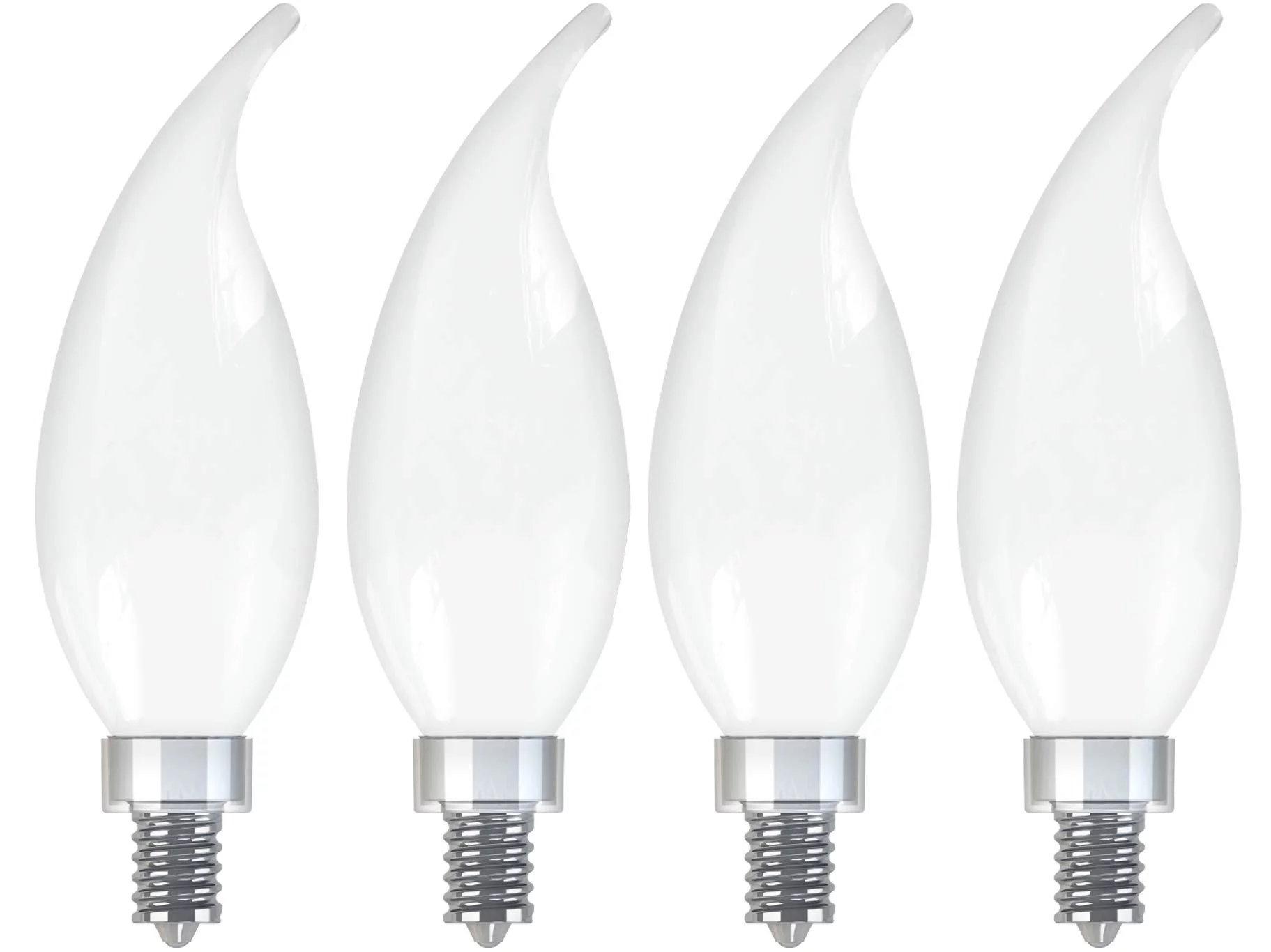
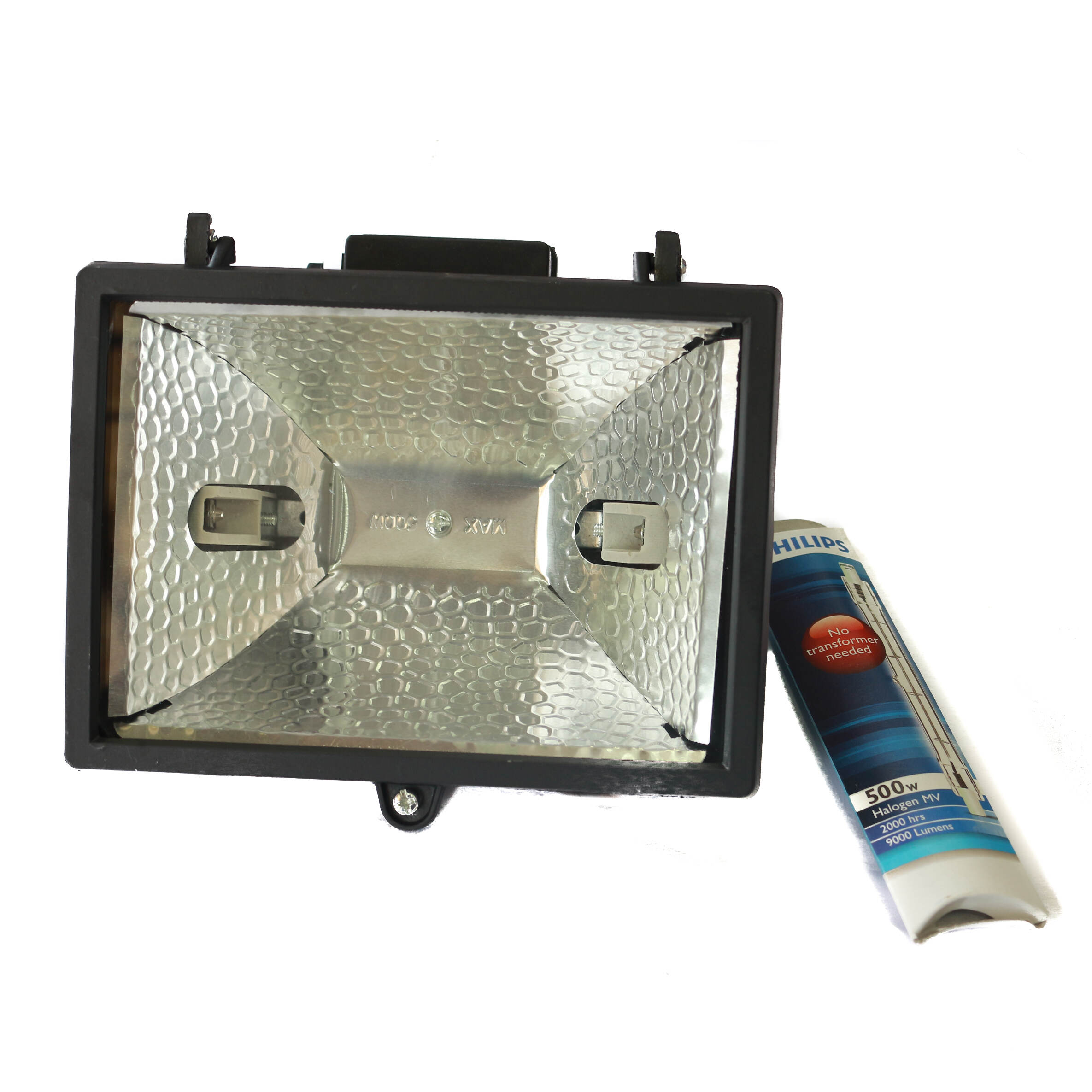
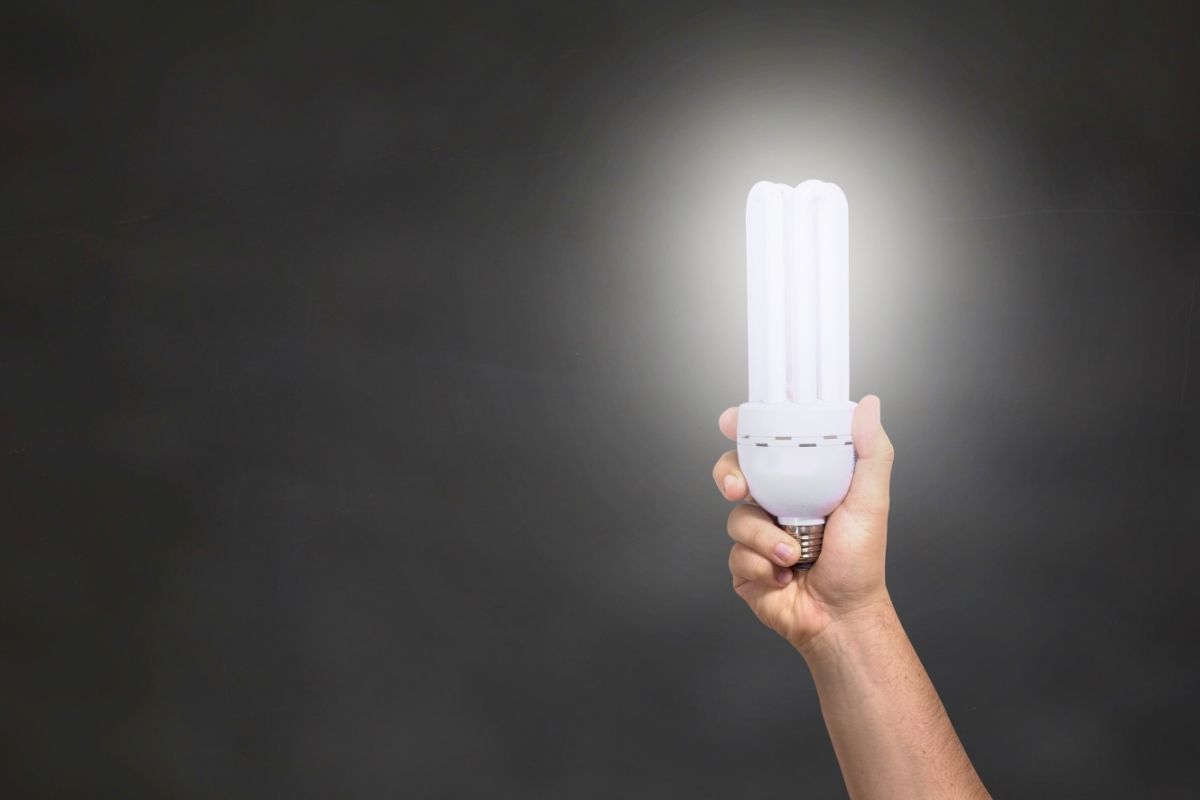
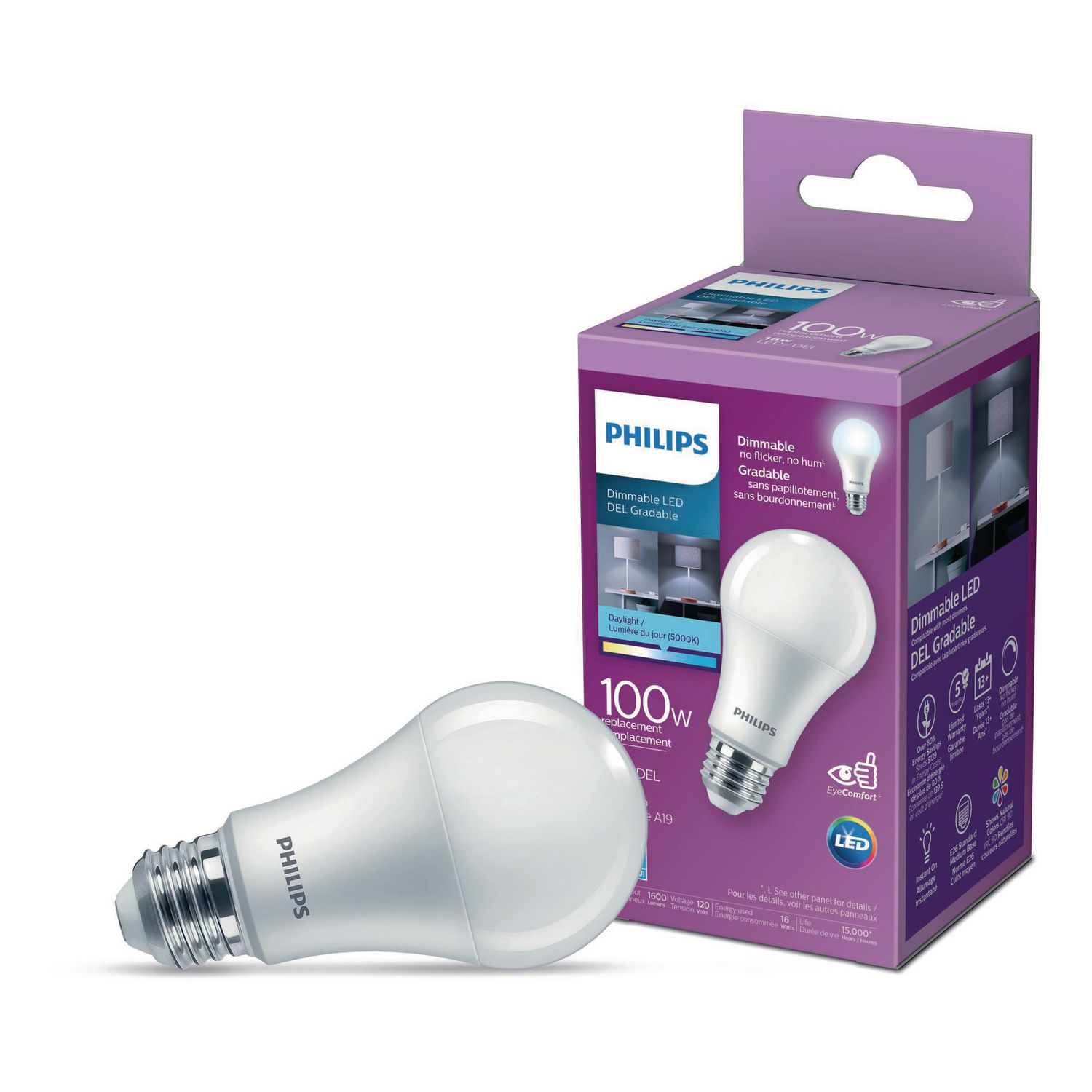
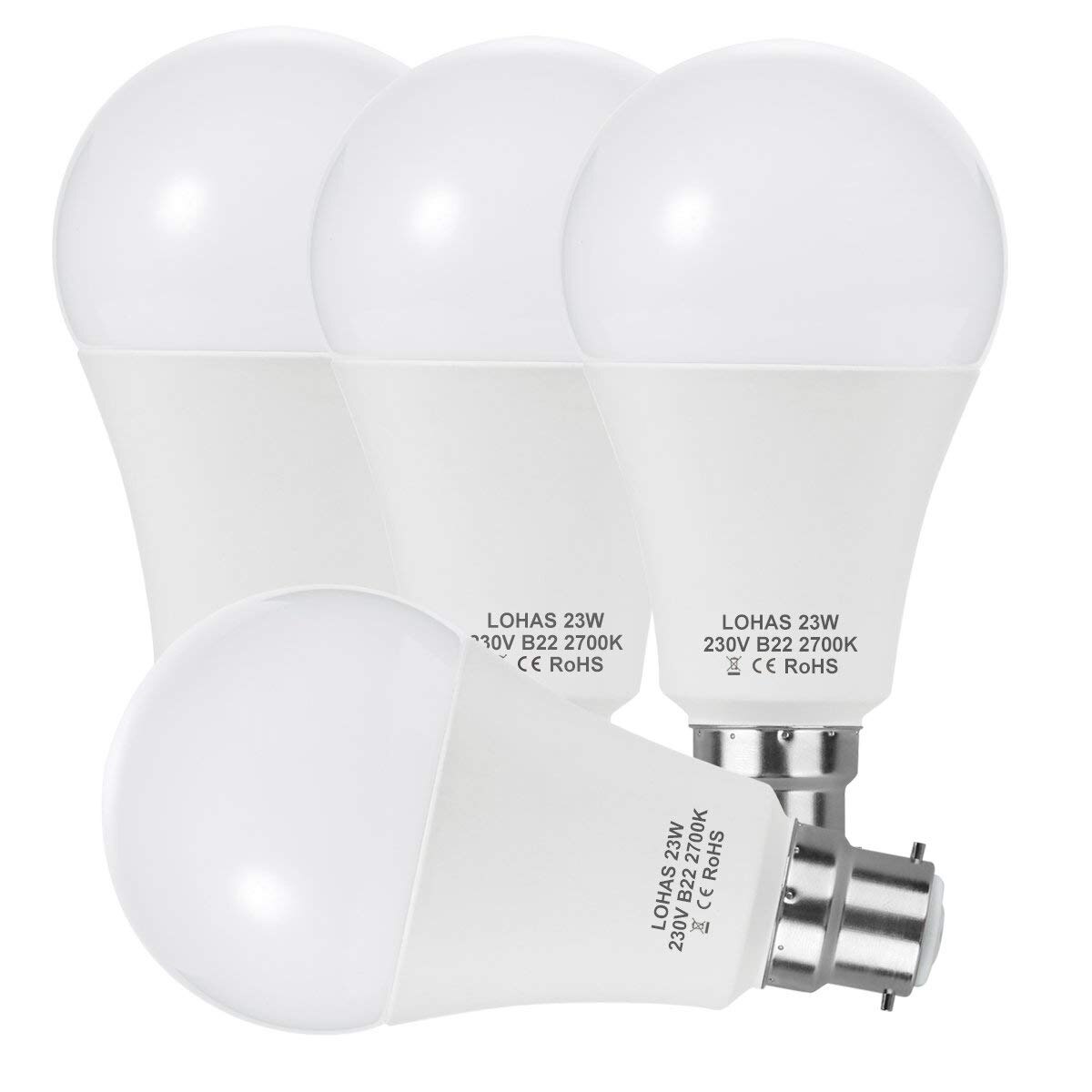
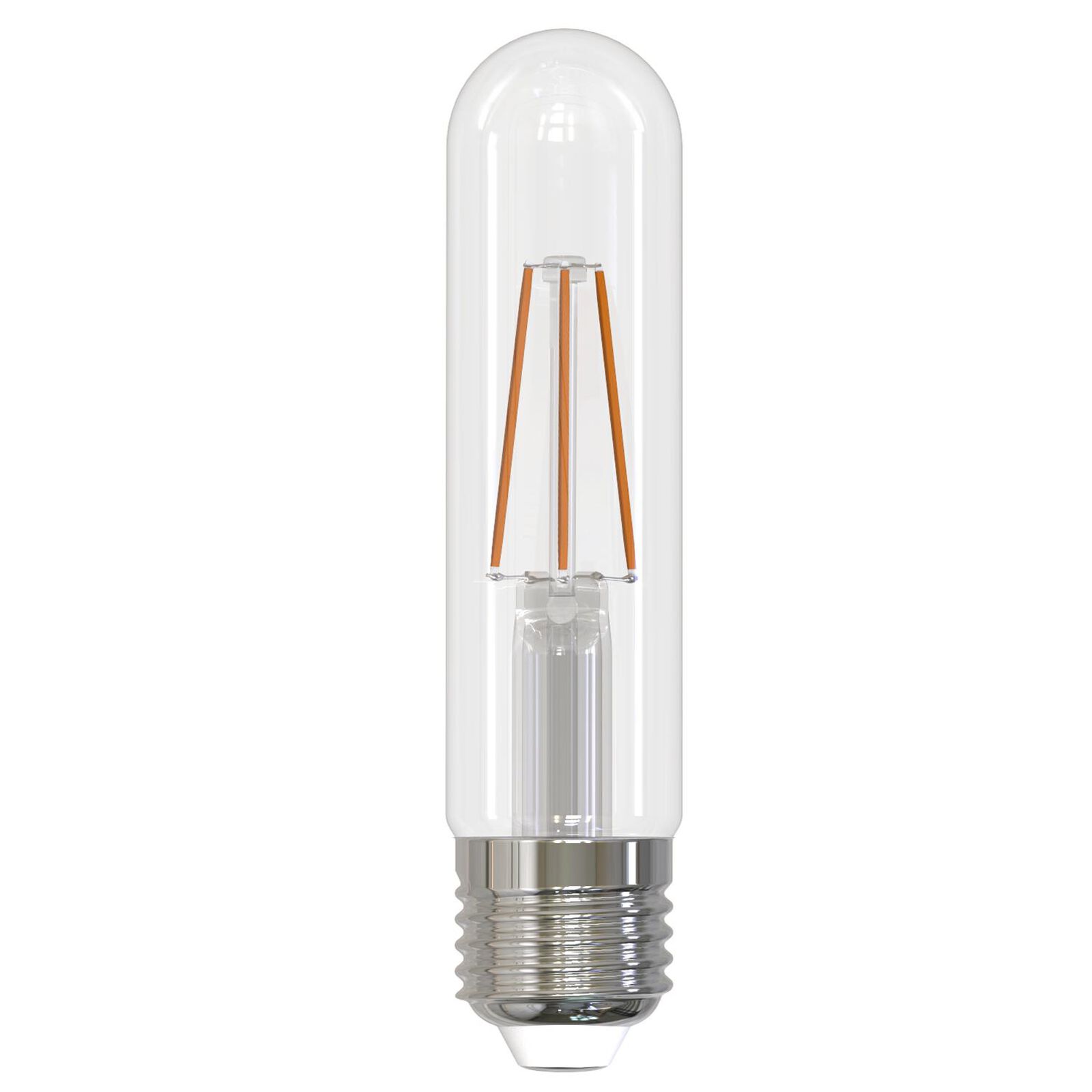
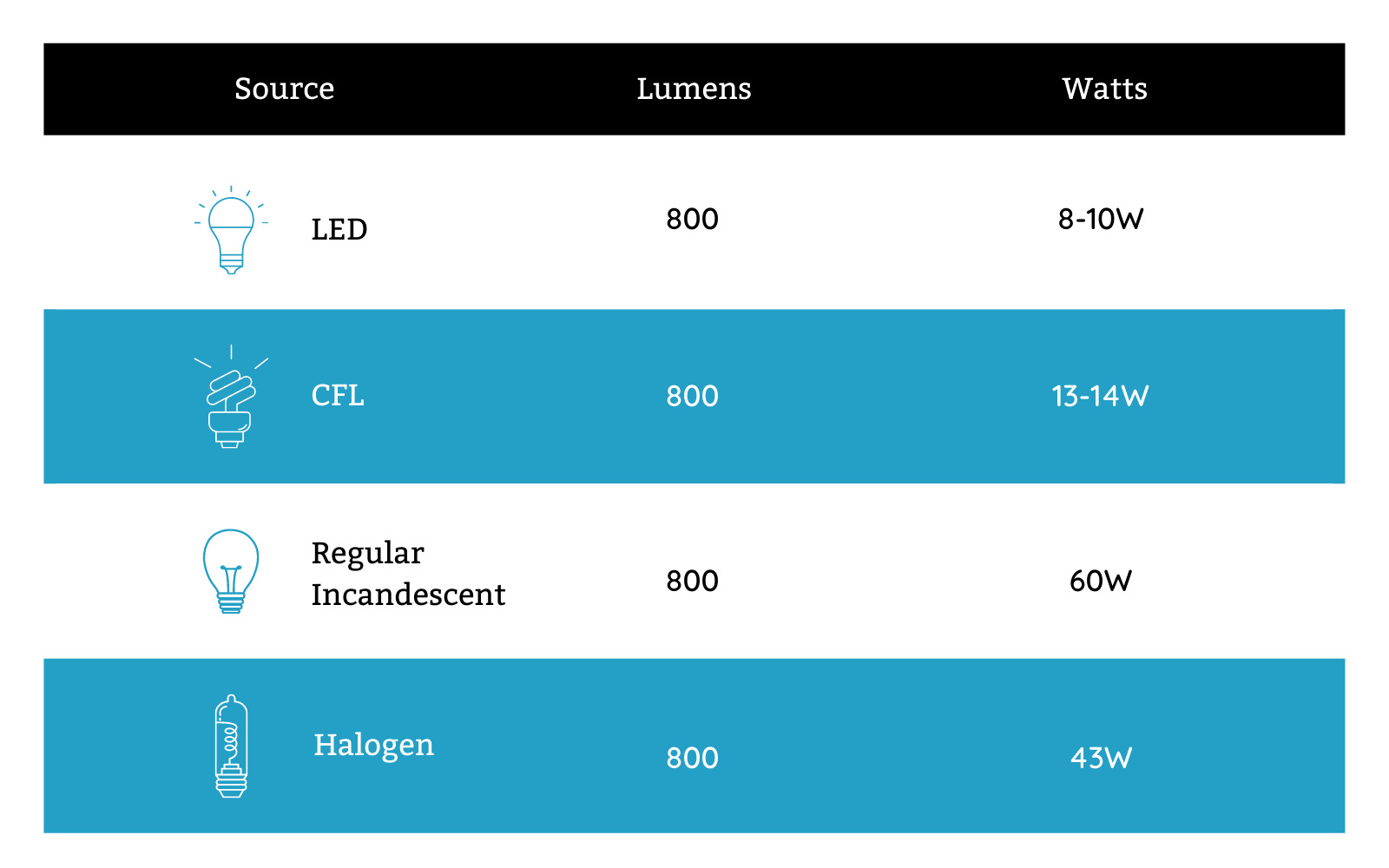
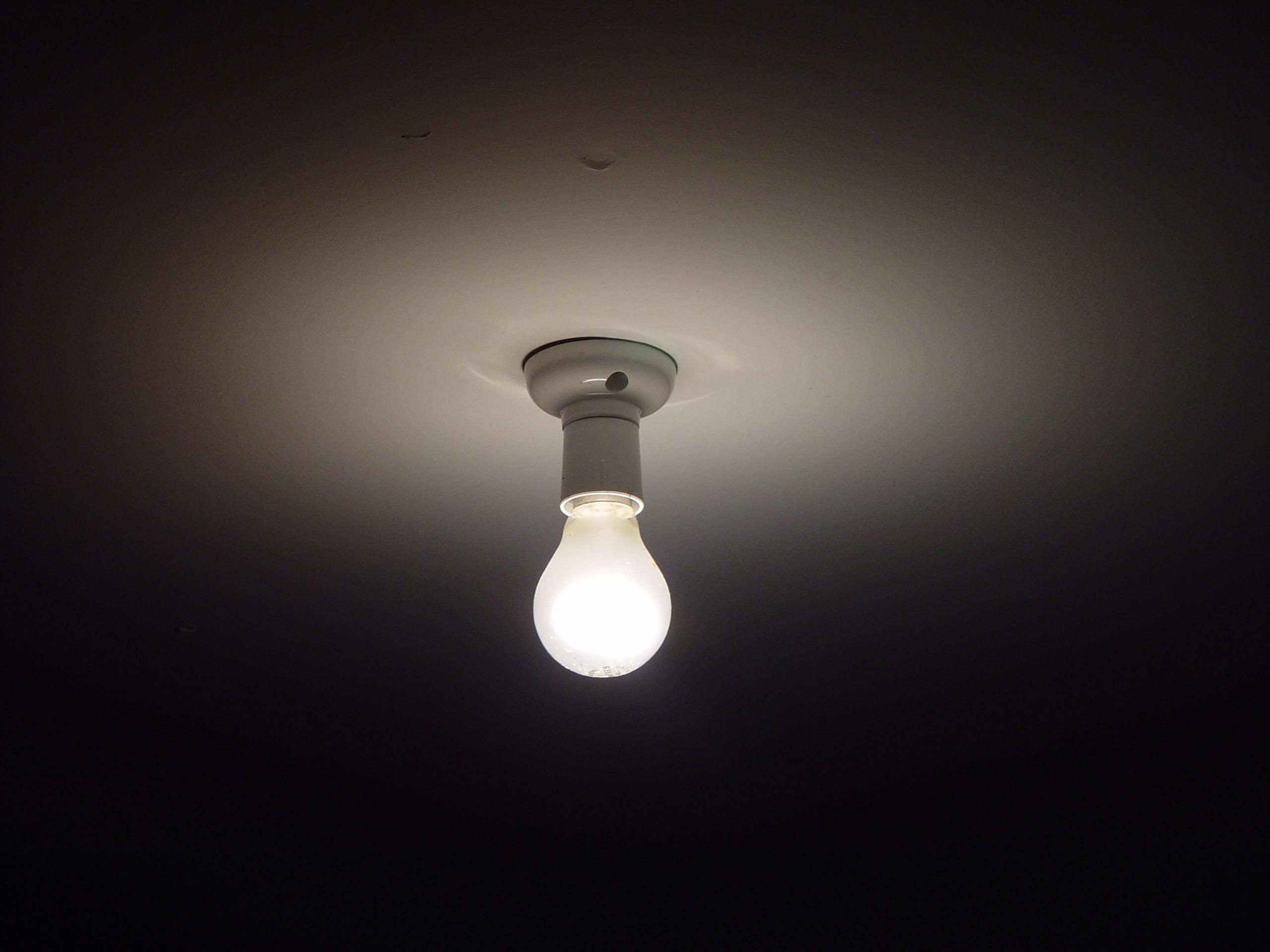
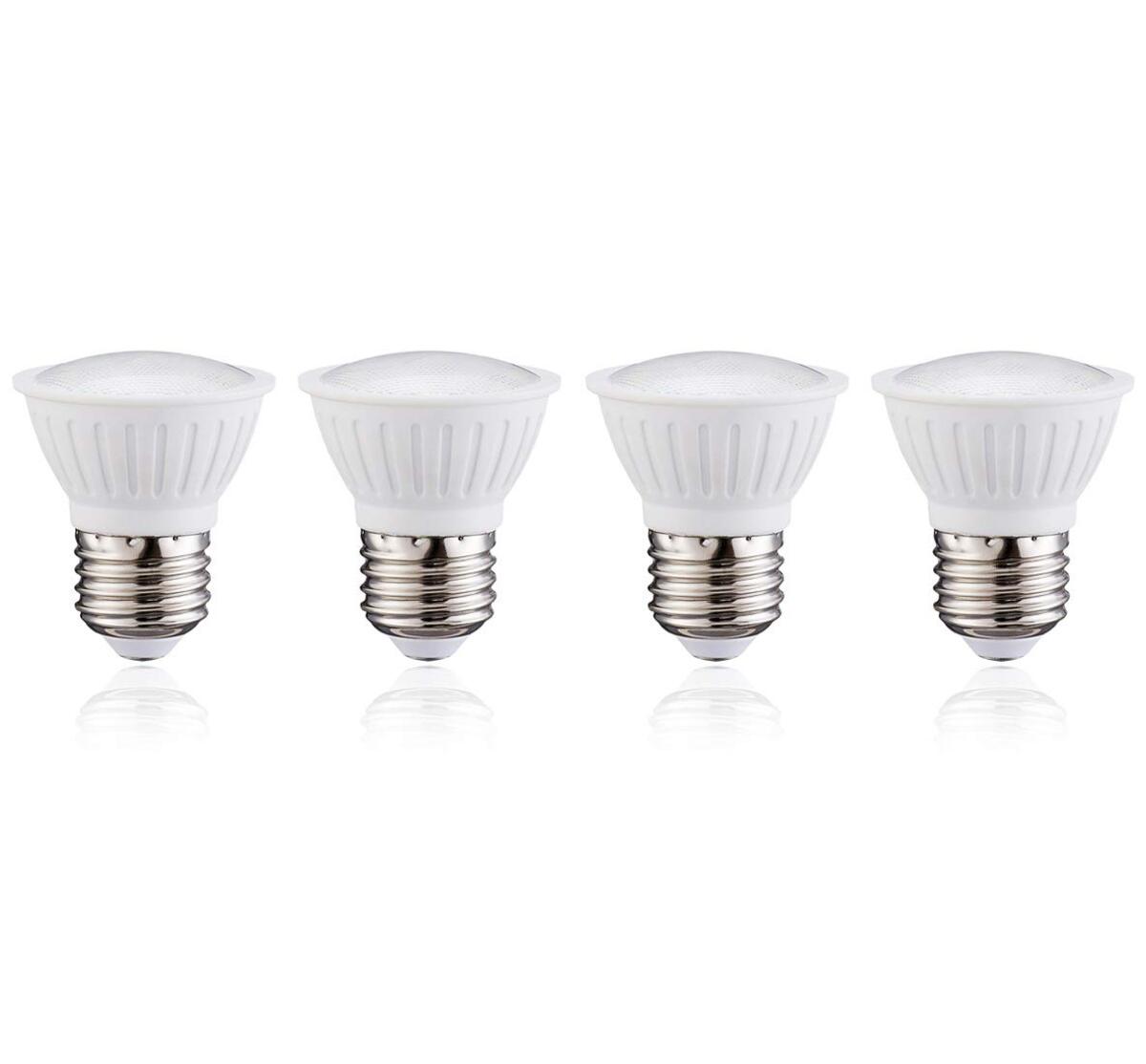

0 thoughts on “How Many Lumens Is A 75 Watt Incandescent Bulb”